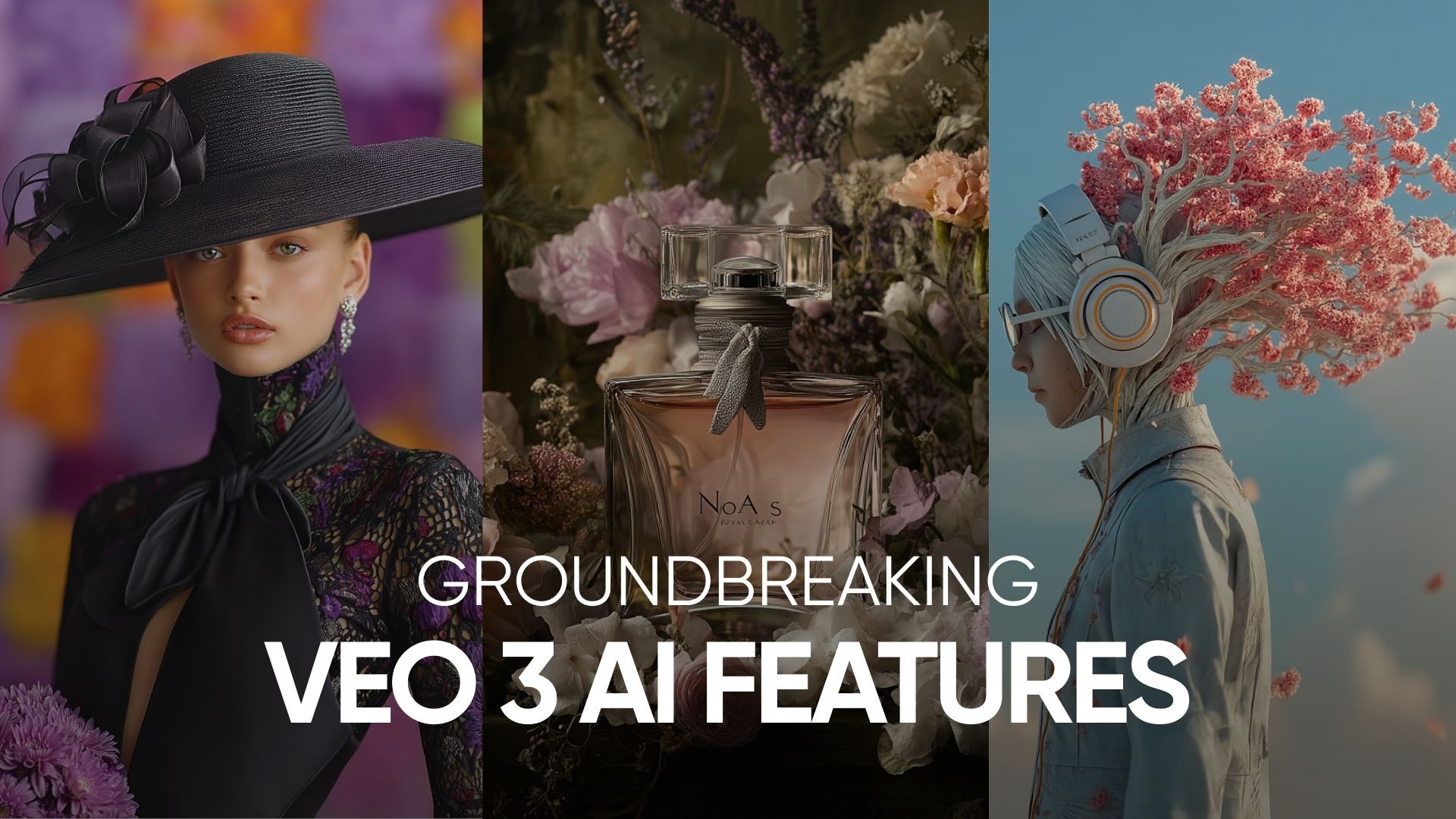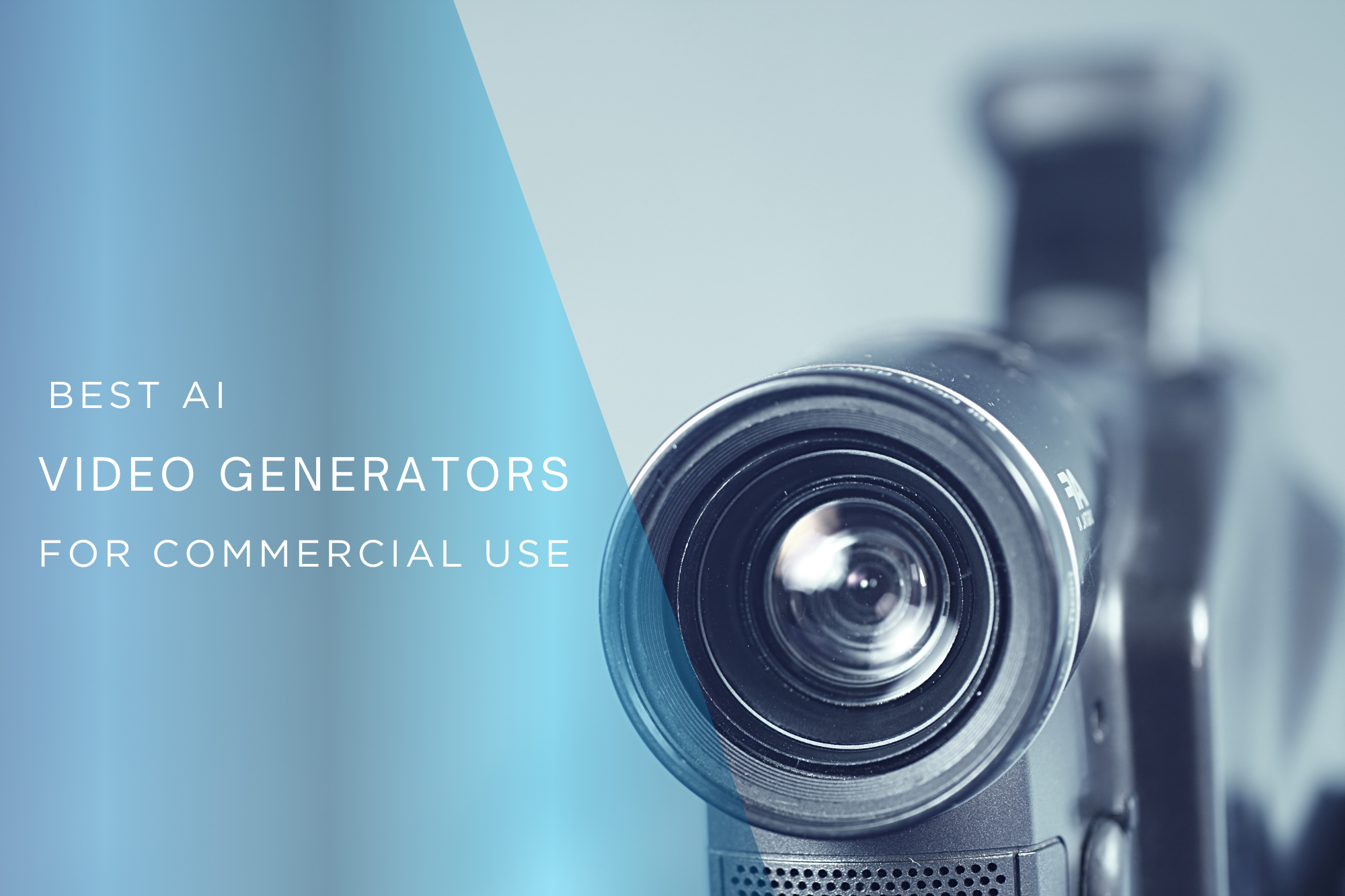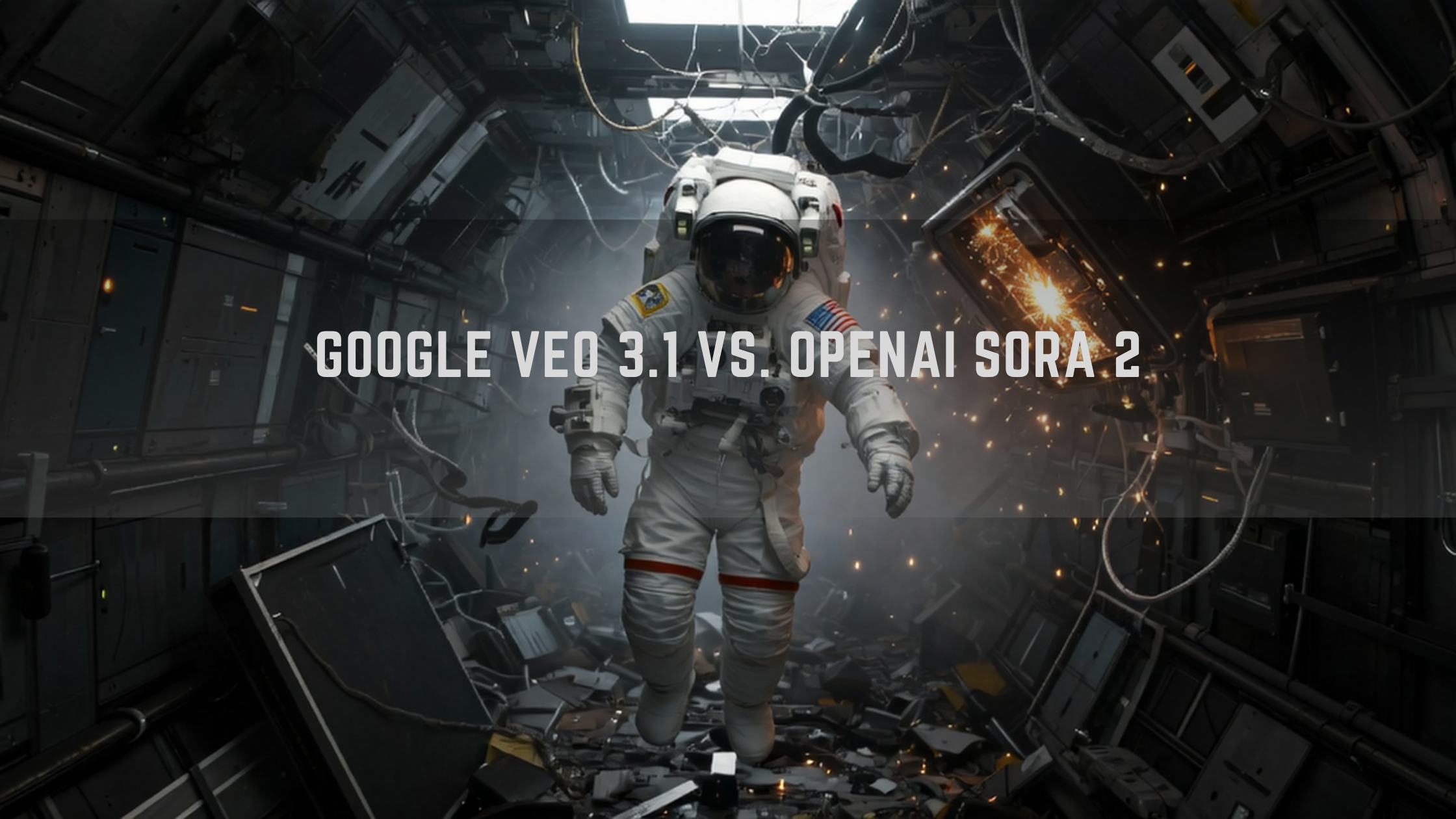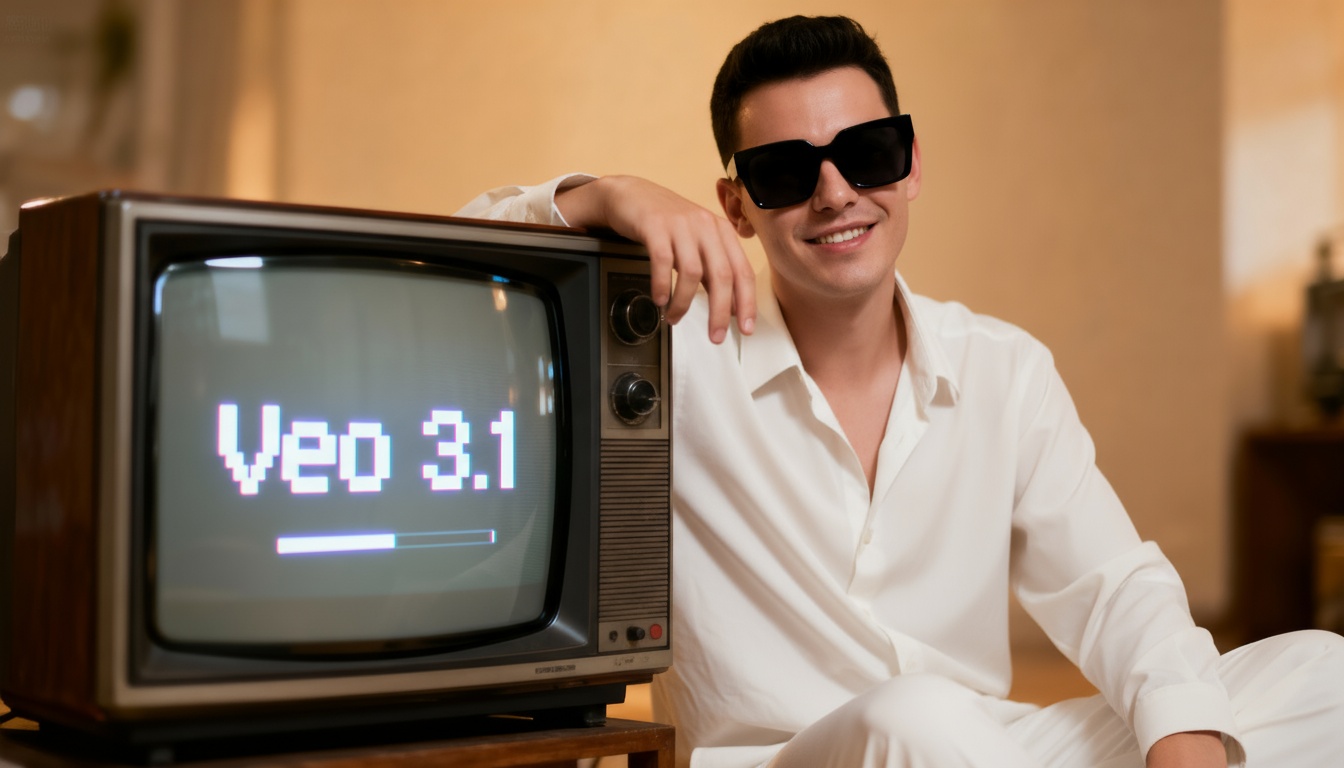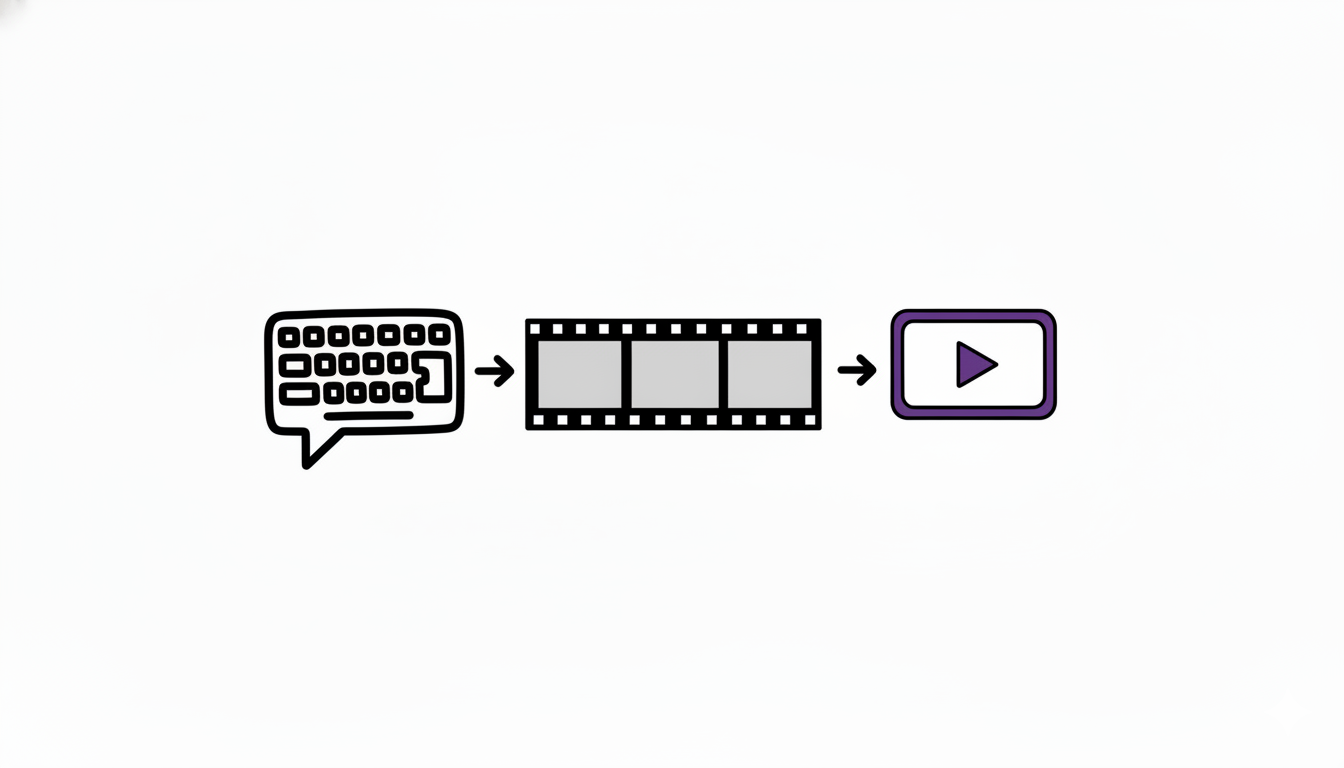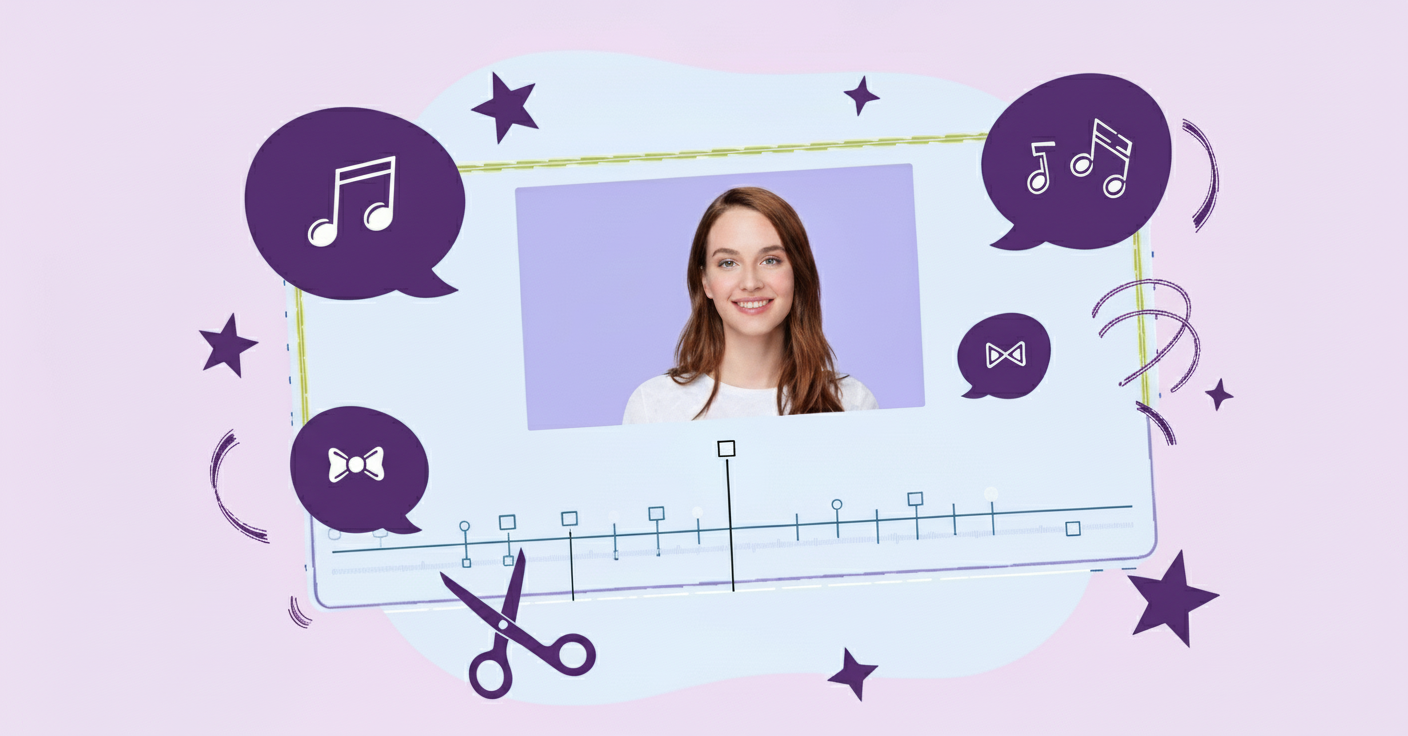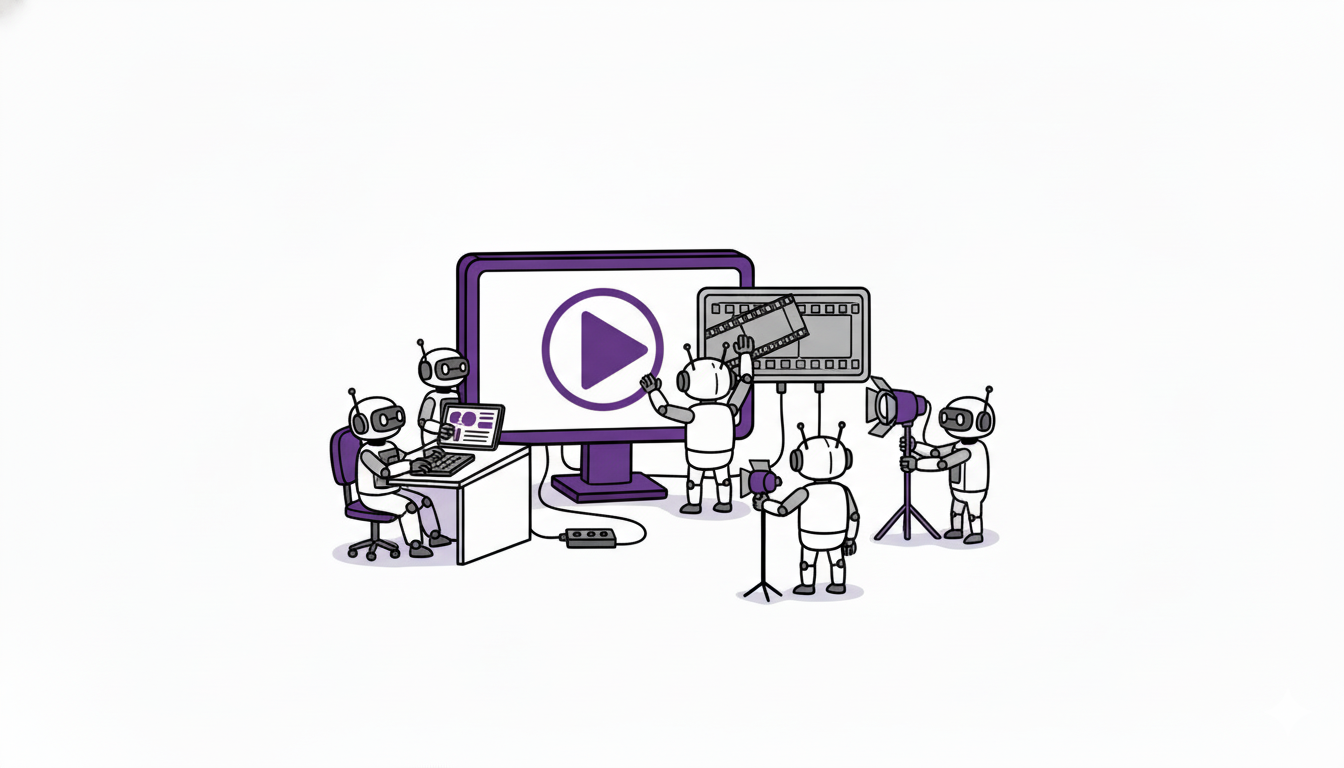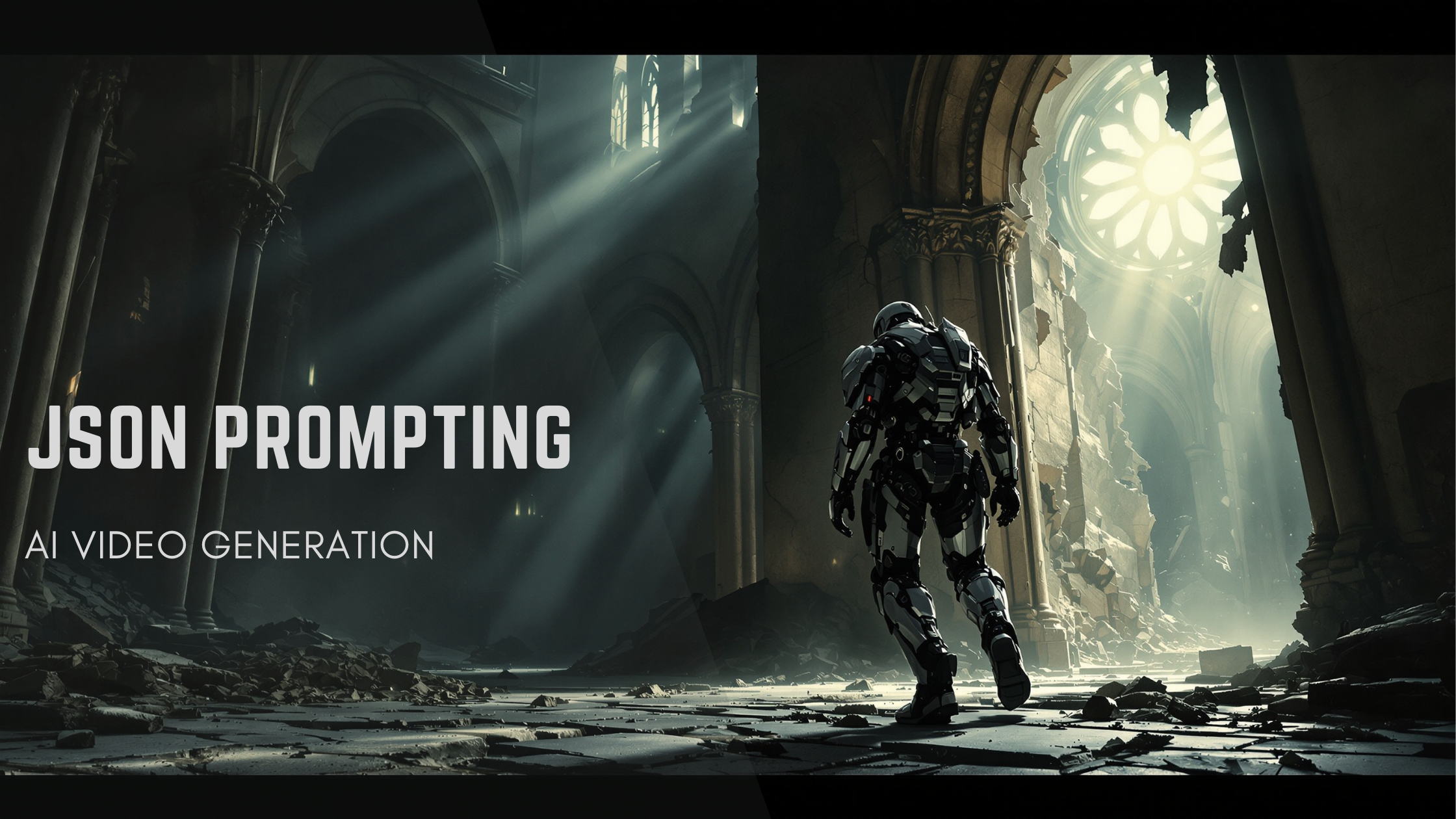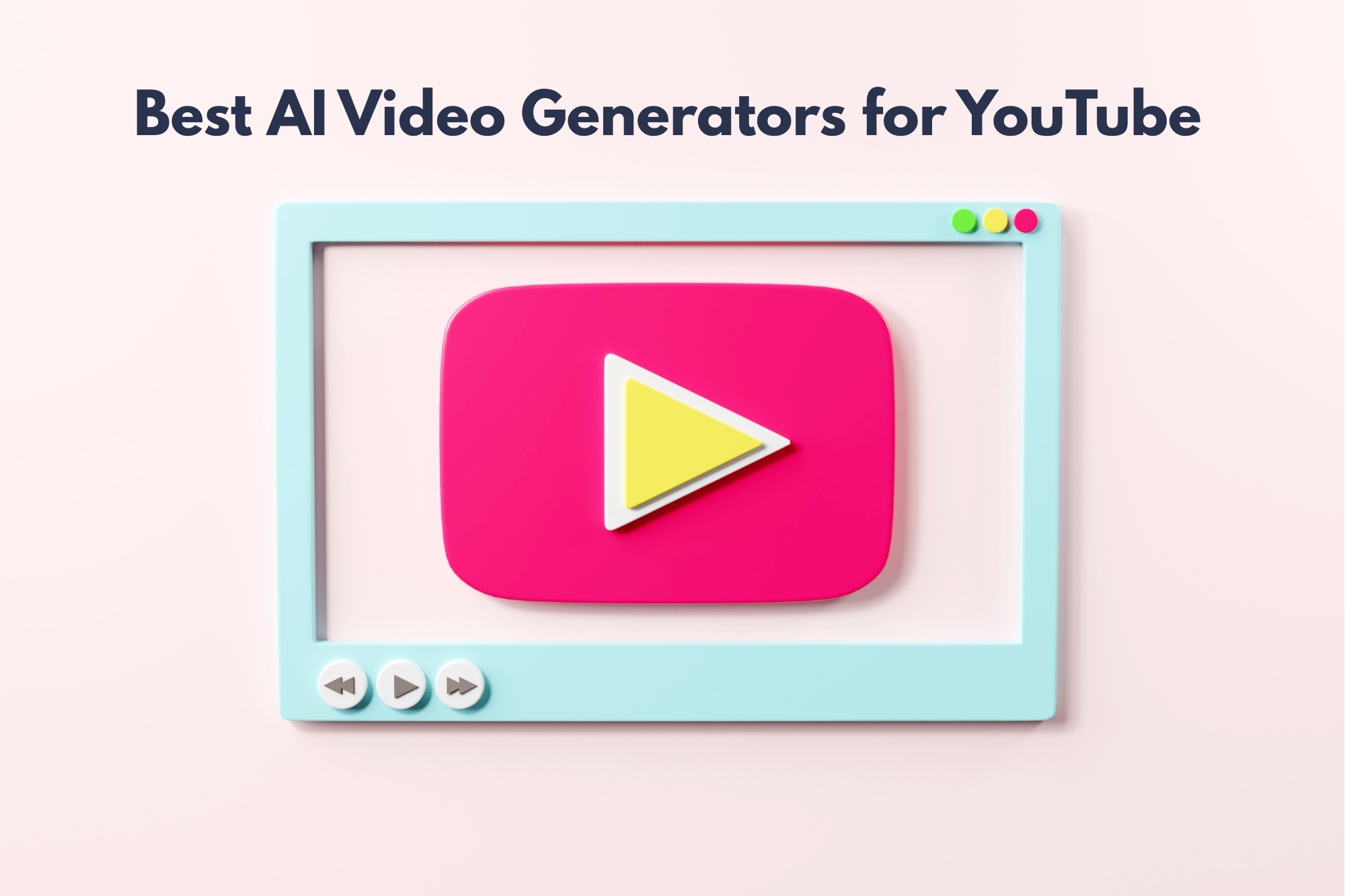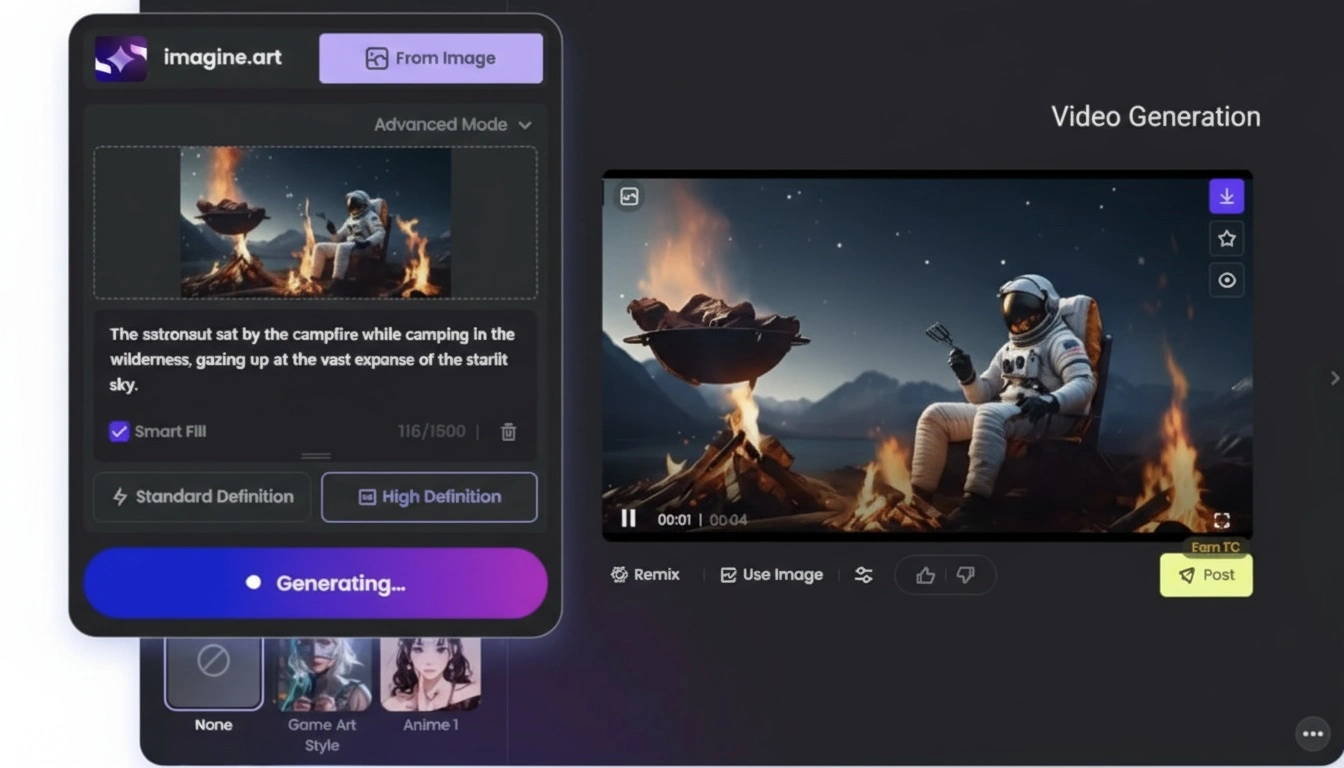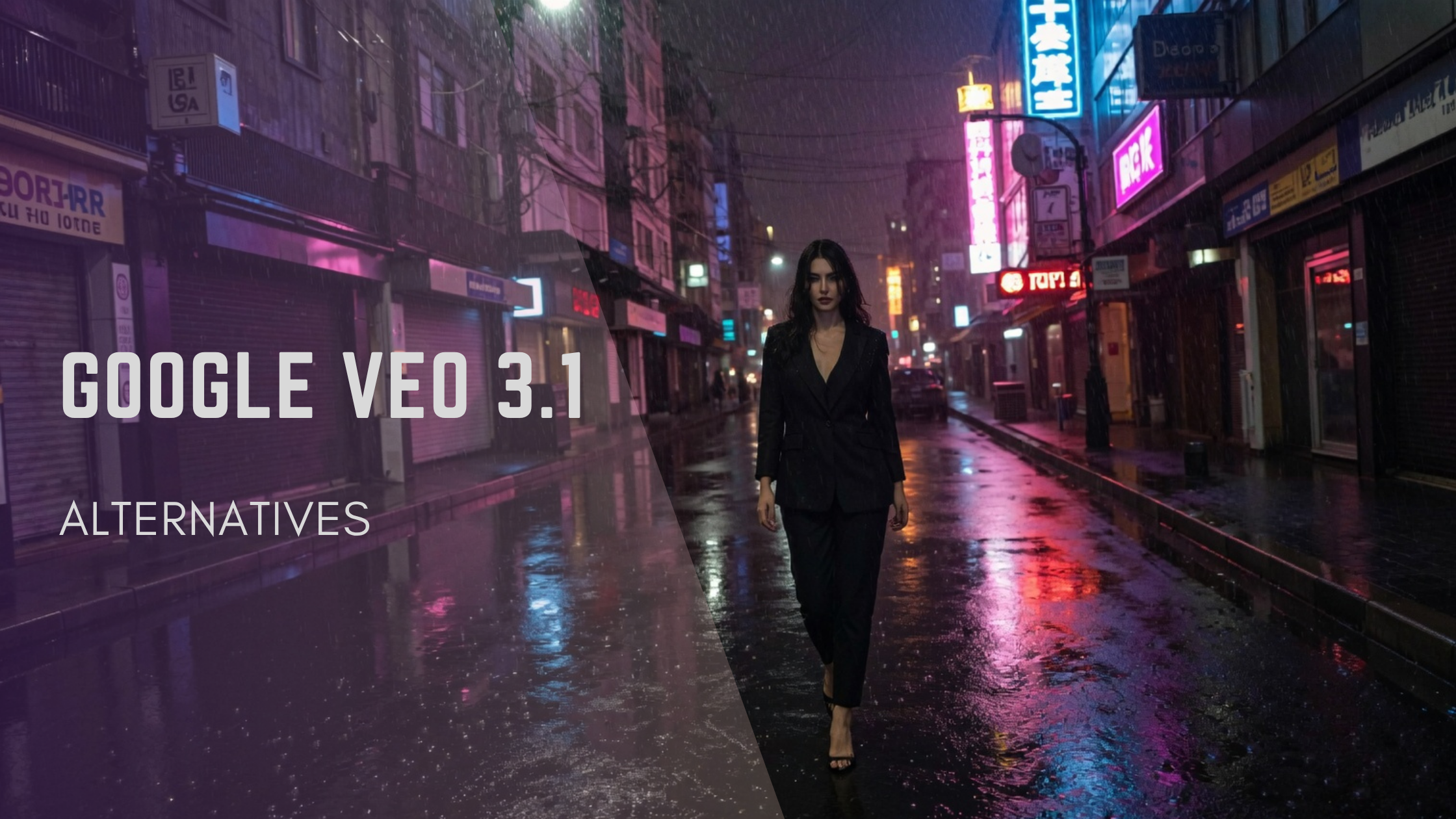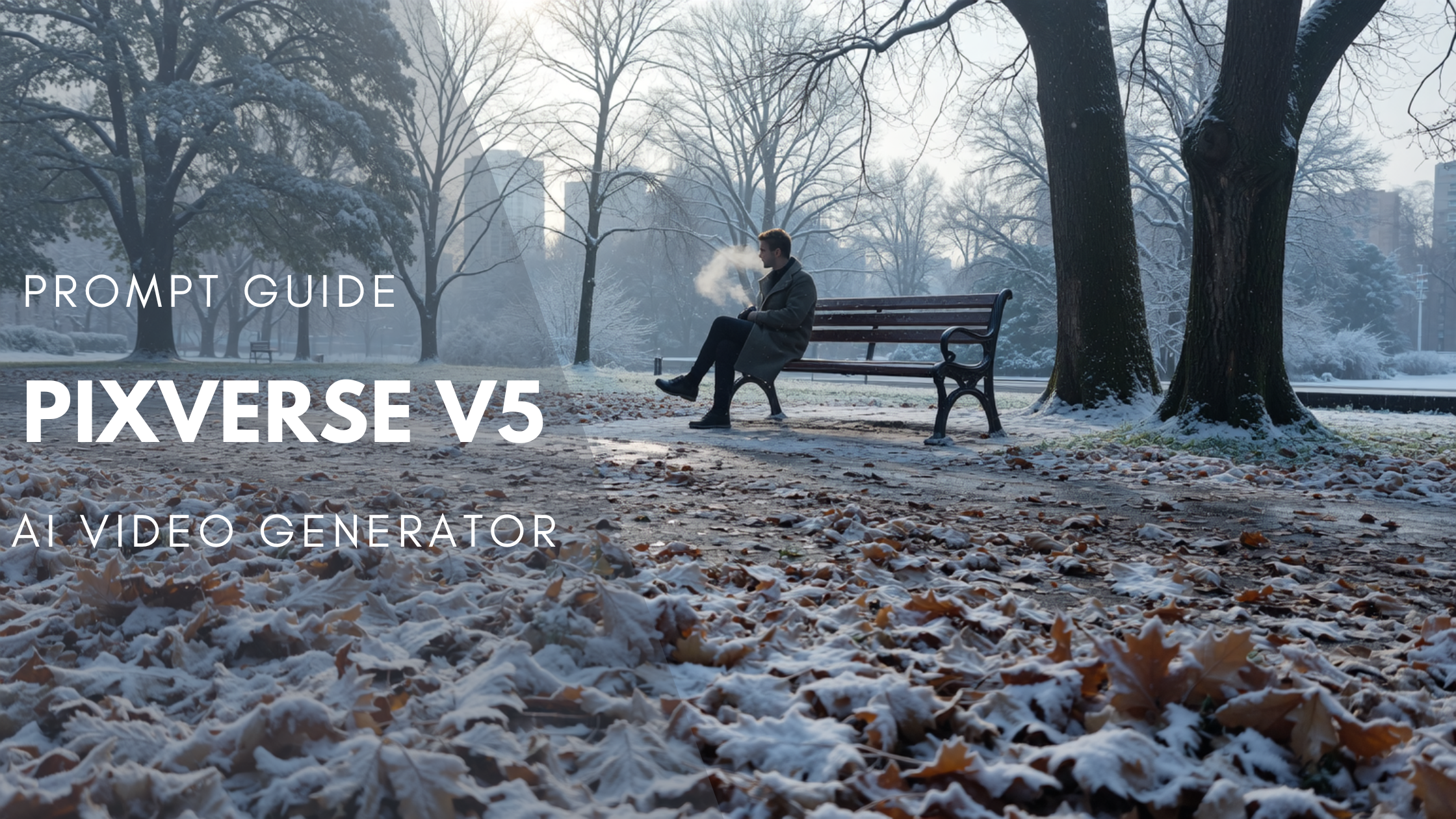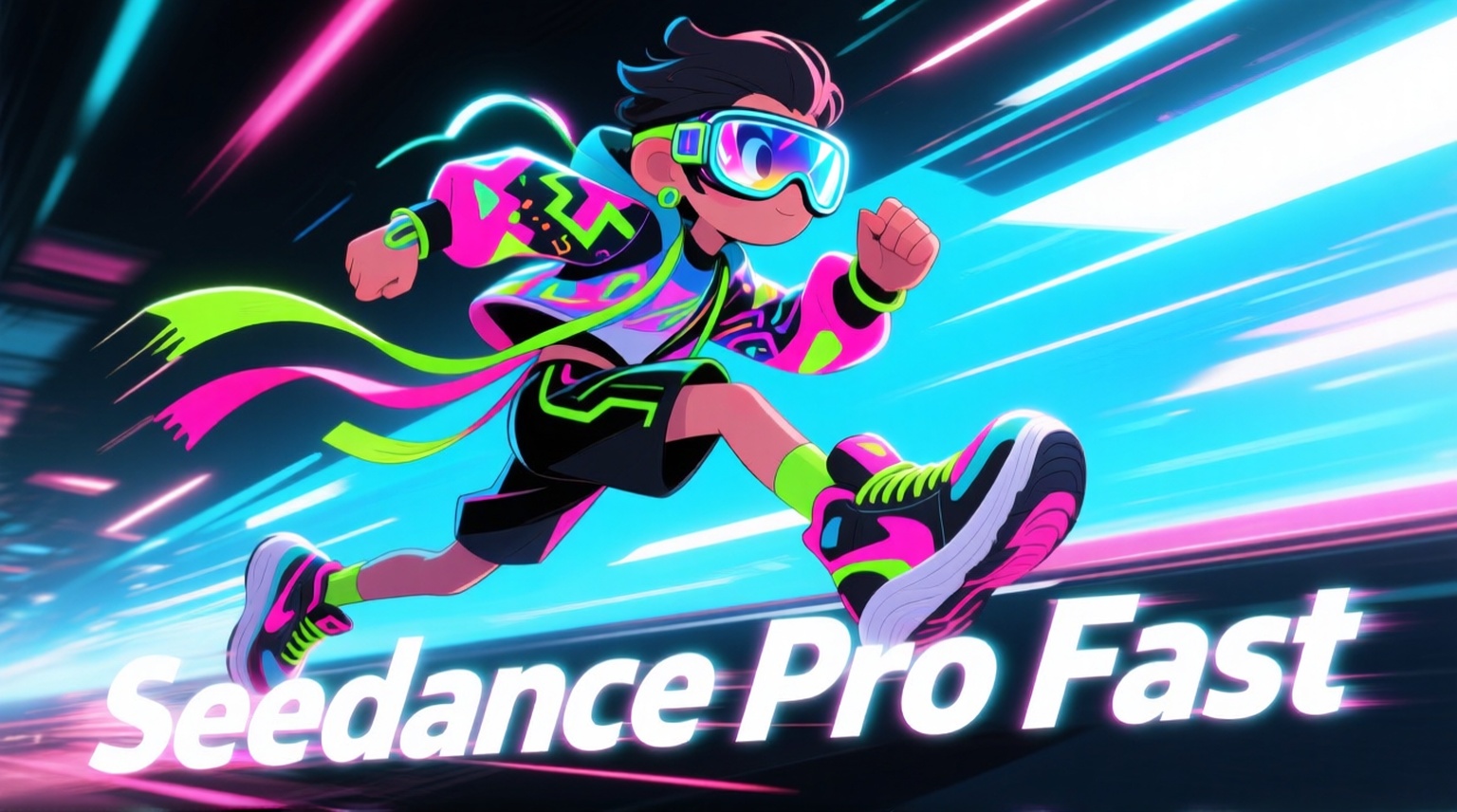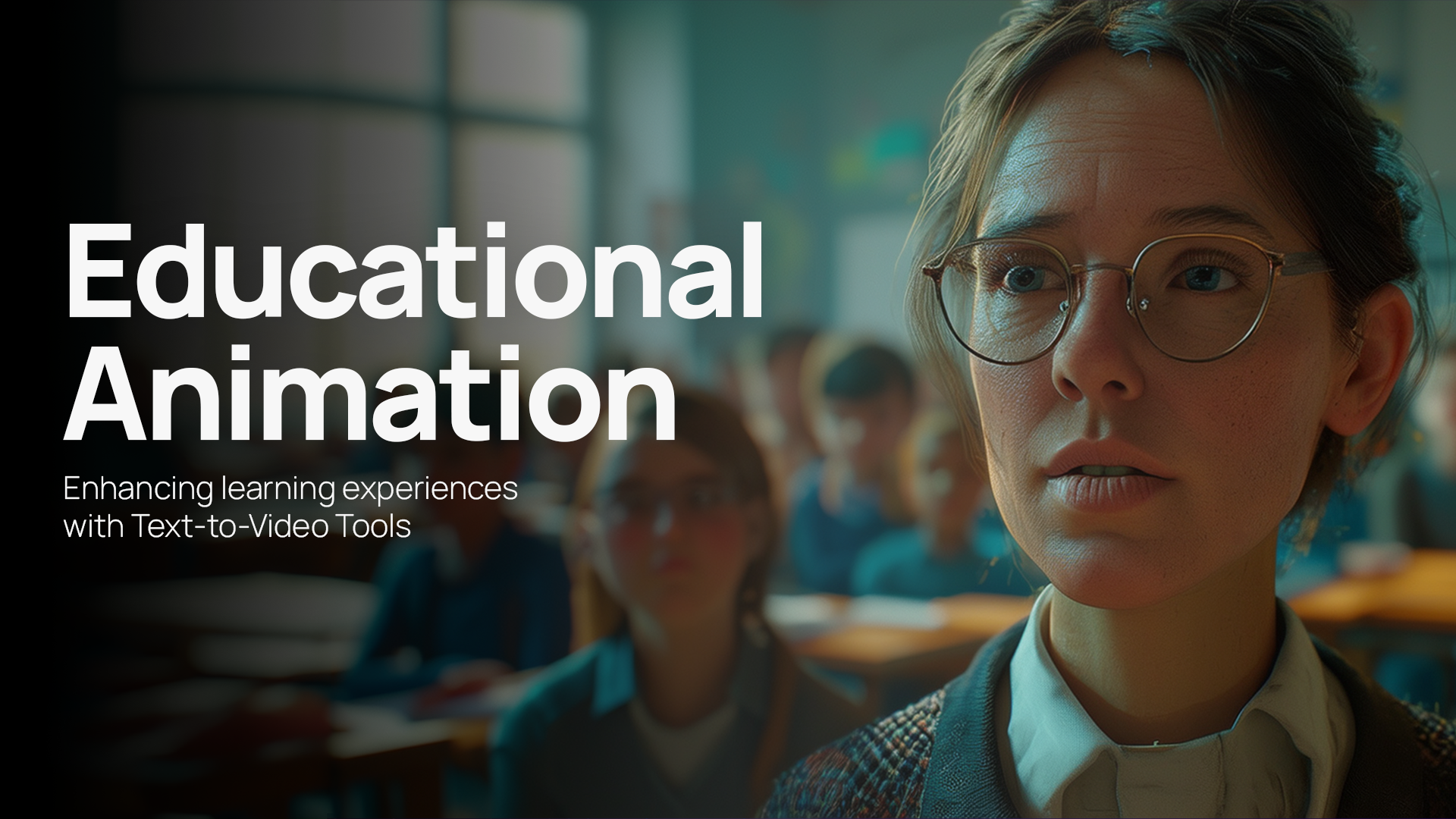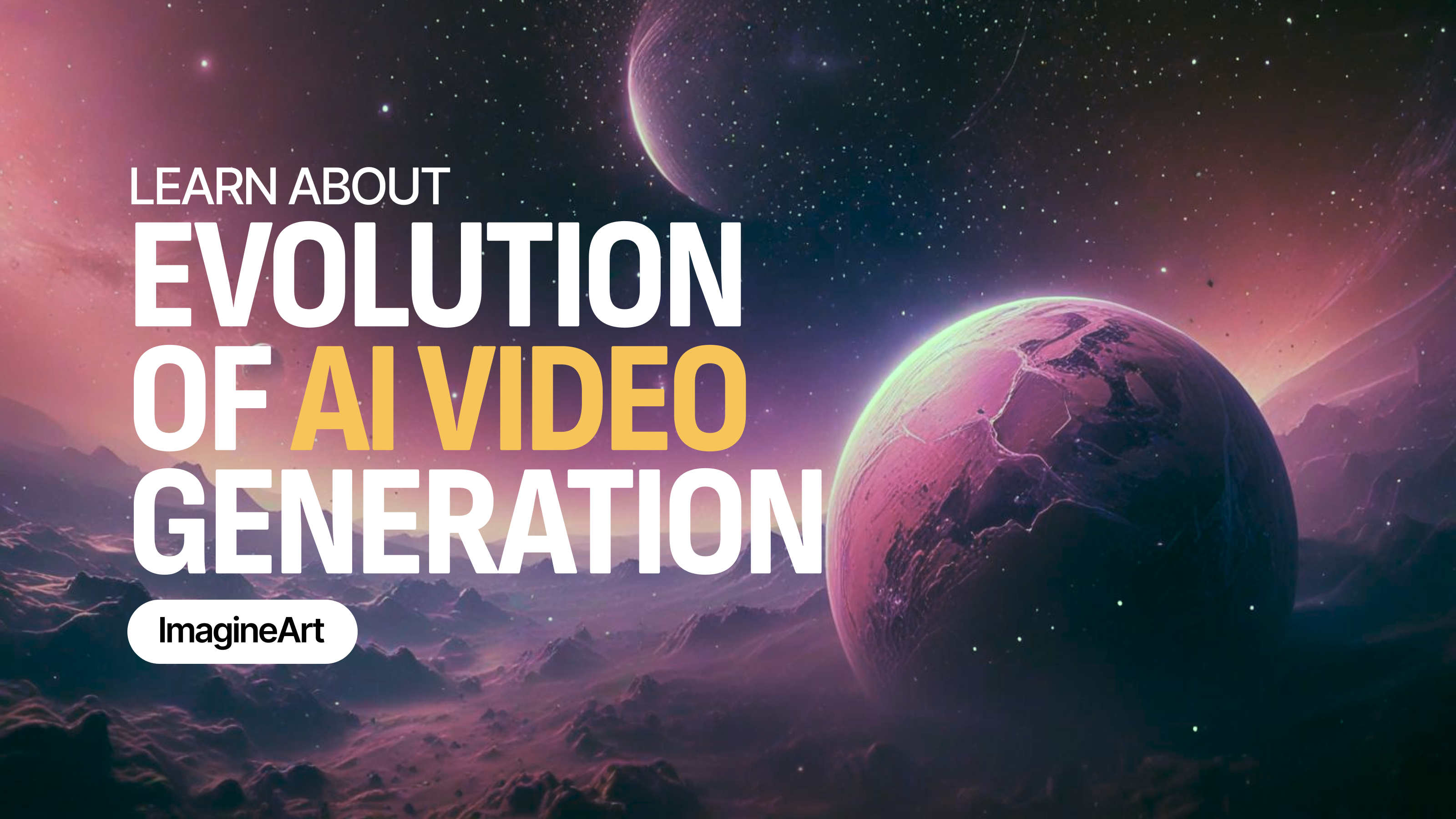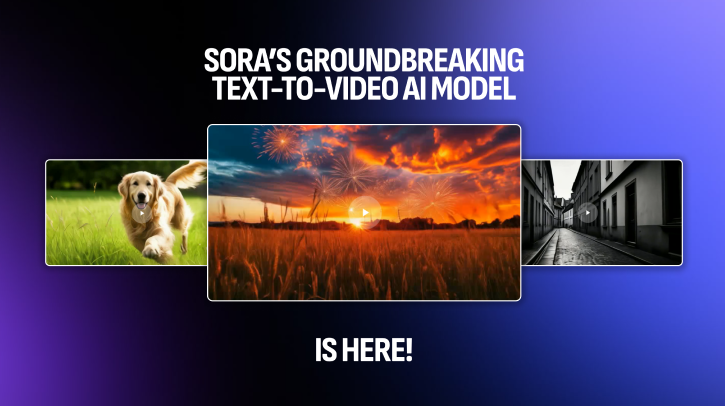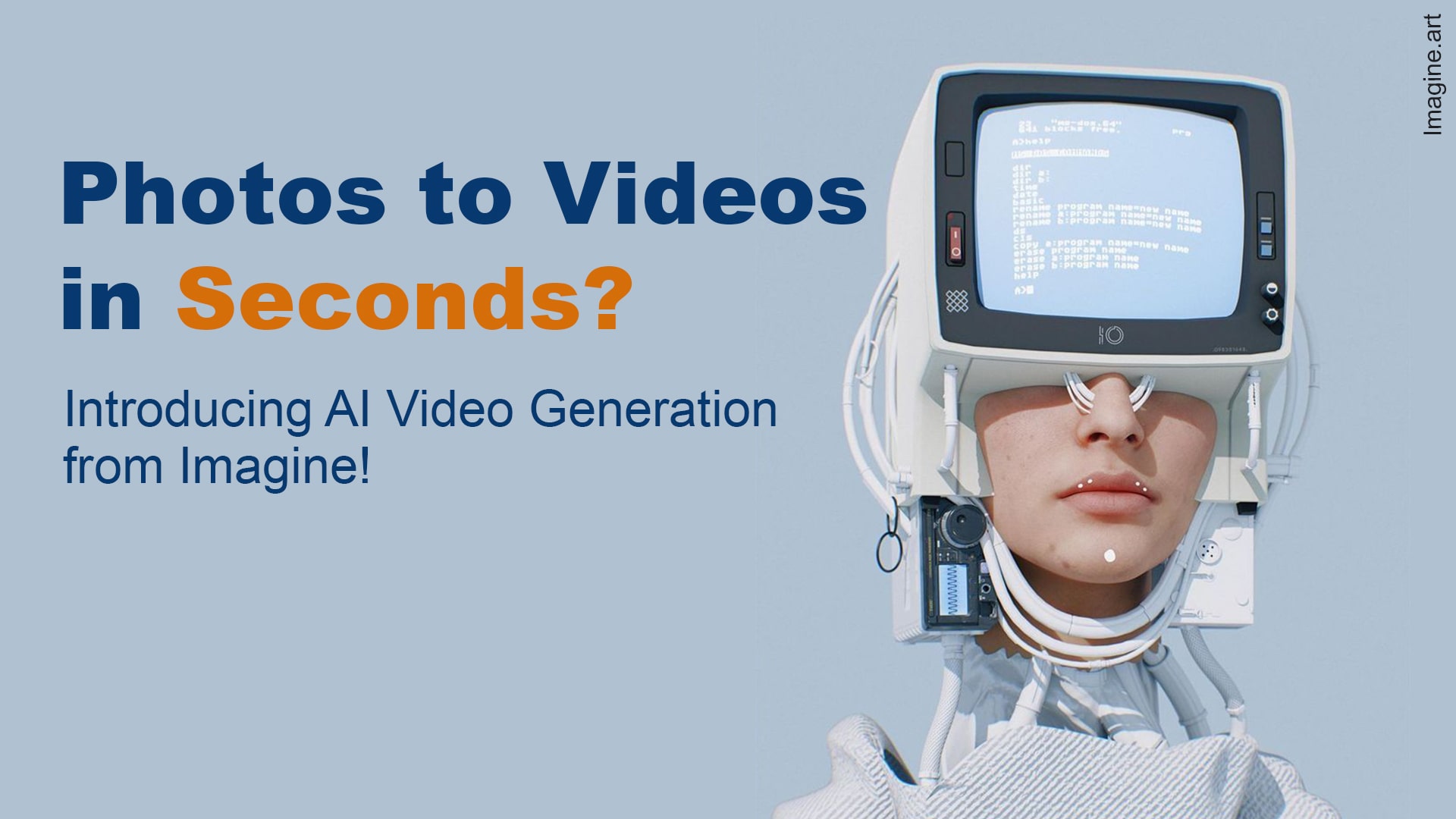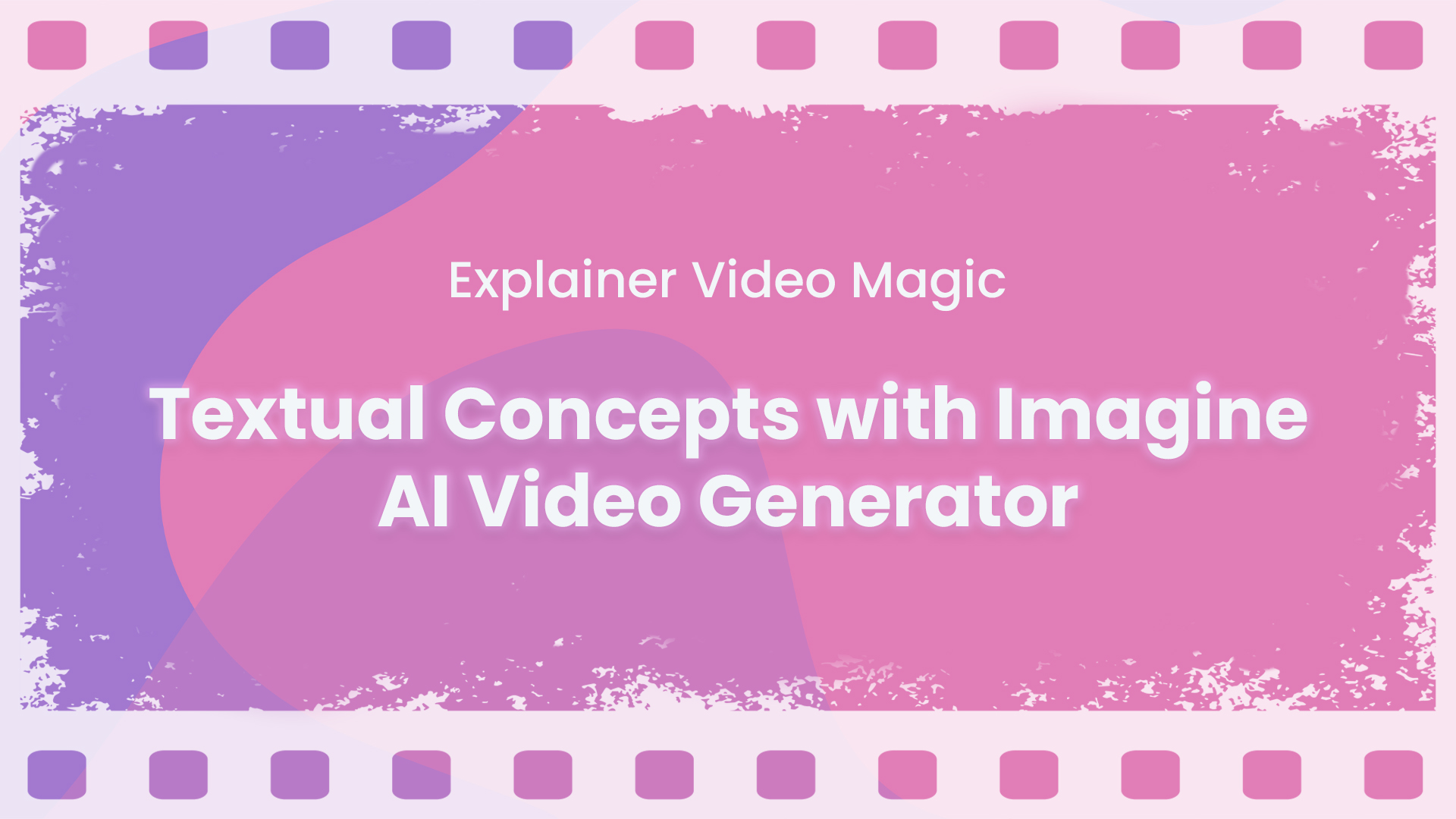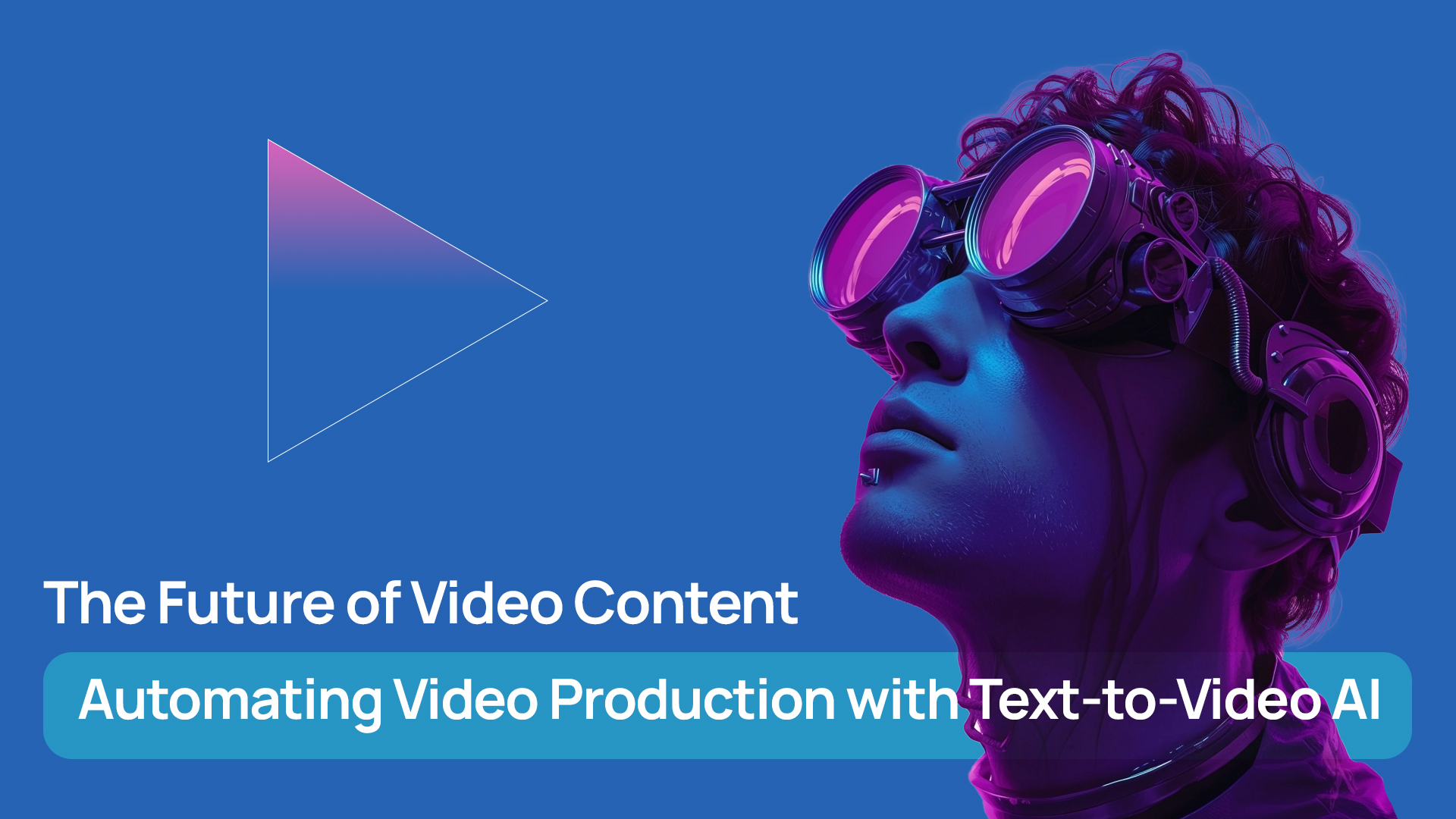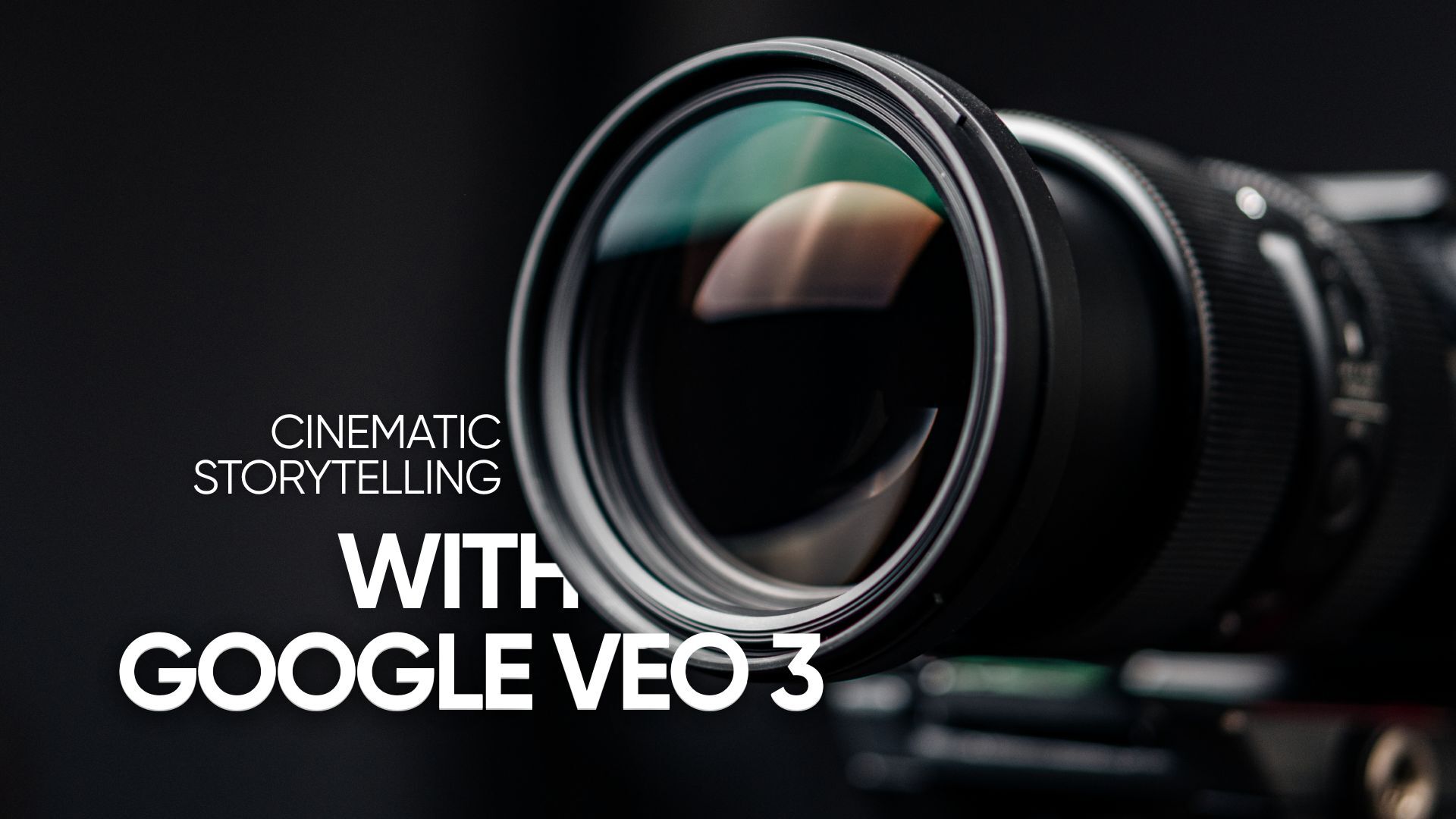

Sameer Sohail
Tue Jun 03 2025
7 mins Read
Very few things have seen a growth as exponential as AI’s. Innovation is nothing new, but the pace of innovation has never been as fast as now. For the past few years, the world has seen a steady increase in the number of AI models available for video generation.
However, Google’s Veo 3 is a total game changer for two reasons: built-in audio generation, and unmatched realism. Veo 3 was unveiled at the Google I/O 2025 event, exemplifying this leap in AI video generation.
In this blog post, we will discuss how this AI model can be used for cinematic storytelling and filmmaking purposes, and how creators are taking the maximum advantage of its potential.
Veo 3 and Flow: Tools Designed for Creatives
Veo 3 operates within Flow, Google's AI filmmaking interface tailored for creators. Flow incorporates various AI models, including Veo 3, Imagen 4, and Gemini, to provide a cohesive platform for video, image, and text generation. Through Flow, users can craft scenes, manage assets, and refine narratives with intuitive tools.
It is amazing to see how people have already developed entire AI short films from within Flow.
Access to Flow and Veo 3 requires a subscription to the Google AI Ultra plan, priced at $250 per month. This plan offers early access to Veo 3's features, including native audio generation, and is currently available in the US only. Flow's design emphasizes user-friendliness, allowing creators to focus on storytelling rather than technical complexities.
Native Audio Generation: Bringing Stories to Life
A distinguishing feature of Veo 3 is its native audio generation capability. Unlike previous models that required manual audio integration, Veo 3 can generate synchronized dialogue, ambient sounds, and background music directly from text prompts, and contextual to the video. This seamless fusion of audio and visual elements enhances the realism and immersion of the generated videos.
For instance, a prompt describing a bustling city street can result in a video where the ambient noise of traffic, footsteps, and distant chatter complements the visual scene. This level of detail reduces post-production efforts and allows creators to produce more cohesive and engaging content.
Achieving Character Consistency Across Scenes
Maintaining character consistency across multiple scenes is crucial for narrative coherence. Veo 3 addresses this through its Scene Builder feature, which allows users to extend scenes while preserving character attributes. By leveraging this tool, creators can ensure that characters retain their appearance, attire, and mannerisms throughout the narrative.
For example, a two-shot narrative inspired by Hemingway's "For sale: baby shoes, never worn" can be crafted with consistent character portrayal, enhancing the emotional impact of the story. While some limitations persist, such as occasional wardrobe inconsistencies, Scene Builder represents a significant step toward achieving seamless character continuity in AI-generated videos.
Modular Creativity with Ingredients to Video
The “Ingredients” feature in Flow empowers users to generate individual elements—such as characters, props, and environments—and assemble them into cohesive scenes. This modular approach facilitates creative experimentation, allowing for the construction of unique and surreal narratives.
This feature showcases the potential for complex scene composition. For instance, creating a scene with a bug driving an SUV while seated on a king's throne demonstrates the versatility and imaginative possibilities afforded by this tool.
Frames to Video: Crafting Seamless Transitions
“Frames” enables users to provide starting and ending frames, allowing the model to generate smooth transitions between scenes. This functionality is ideal for simulating camera movements or evolving scenes, such as a dolly-in shot or a time-lapse sequence.
While currently defaulting to Veo 2 on the Flow platform, limiting output quality somewhat, this feature offers a glimpse into the potential for dynamic storytelling. By specifying key frames, creators can guide the narrative flow and visual progression, enhancing the cinematic quality of their projects.
Best Practices for Prompt Crafting
Crafting effective prompts is arguably the most critical skill when working with Google Veo 3. Unlike traditional video editing tools where the creator has manual control over every frame and cut, Veo relies entirely on natural language descriptions to interpret, visualize, and generate cinematic sequences. The more deliberate and descriptive your prompt, the closer the output aligns with your vision.
Start by anchoring your prompt in specific visual and emotional details. Rather than offering generalities like “a person walking,” you should define exactly who the person is, what they’re doing, where they are, and how the scene should look and feel. For example, “A middle-aged woman in a charcoal trench coat walks alone through a quiet, misty alley at dawn. Soft golden light from hanging lanterns reflects off the cobblestone, and the camera slowly follows her from behind at waist height.” This level of specificity gives Veo clearer visual and spatial cues to work with.
Equally important is instructing the camera's behavior. Since Veo interprets scenes with cinematic language in mind, mentioning shot types (e.g., wide shot, over-the-shoulder, dolly-in), camera movement (e.g., slow pan left, fixed tripod), and composition (e.g., center frame, natural lighting) dramatically improves results. This not only affects how the visuals are framed but also how motion and pacing are conveyed across the clip.
Tone and emotional guidance are essential too. Describing characters’ subtle reactions, such as a hesitant glance, a suppressed laugh, or a moment of silent contemplation, helps Veo construct more believable human performances. These narrative beats often make the difference between a sterile, uncanny clip and something that feels grounded and watchable.
Finally, iteration is part of the process. While the first generation may get you close, achieving the intended look, pacing, or mood may require slight refinements in language or emphasis. Some prompt iterations will involve eliminating unintended cues (e.g., characters looking at the camera, or props behaving unnaturally), while others will involve dialing in the blocking or set design more accurately. Veo’s prompt interface supports fast rewrites and regenerations, so creators should approach each prompt as a version in an evolving creative process rather than a one-shot request.
If you'd like to learn more about prompting, take a look at this amazing guide on prompt crafting.
Limitations and Considerations
While Veo 3 is a powerful storytelling engine, it is not without its limitations—and understanding these early can prevent a great deal of frustration for creators expecting flawless cinematic output from the outset.
One of the most significant issues is prompt adherence. Although Veo 3 responds impressively well to richly detailed prompts, it can still drift, particularly in edge cases or creatively complex requests. For instance, if your prompt includes emotionally nuanced behavior—like a character reacting to grief in a restrained, internal way—the model may exaggerate the performance or misinterpret the tone, leading to melodramatic or awkward outcomes. Likewise, if the prompt mentions a very specific interaction between background characters or subtle environmental cues, the model may disregard them entirely or merge them into visual noise. This unpredictability tends to grow when the request deviates from data the model is likely trained on—such as surreal scenes, unusual props, or culturally specific scenarios.
Another challenge lies in audio consistency. While one of Veo 3’s biggest advantages is its native audio generation (including dialogue, ambient sound, and music), this feature is still maturing. Some users report that when exporting scenes from the Scene Builder tool, the audio track is either missing or rendered inconsistently—especially when working with multiple shots in succession.
This limitation forces users to either regenerate audio manually or patch it together in post-production tools like DaVinci Resolve or Adobe Premiere, which somewhat defeats the purpose of seamless AI-first storytelling.
Visual artifacts also remain a recurring issue. Even when prompts are well-structured, small glitches can appear—such as distorted hands or objects, unnatural facial expressions, or continuity breaks between shots. These issues are most common in scenes involving movement, camera transitions, or physical interaction with complex props. While minor artifacts may be tolerable in conceptual prototypes, they can limit the quality of final deliverables in professional environments.
A more practical constraint is accessibility. As of now, Veo 3 is only available to users in the United States and is locked behind the AI Ultra subscription plan, which costs $250/month. This pricing model makes Veo less accessible for independent creators, students, or hobbyists in other countries.
If you are looking for an alternative where you can still access Google Veo for video creation and Google Imagen for photo generation without the geographical limitations, you can try ImagineArt, which has incorporated these AI models along with a variety of many more.
Additionally, key tools in Flow like “Ingredients to Video” and “Frames to Video” currently default to Veo 2, which does not support native audio and suffers from lower visual fidelity. Until these features are upgraded to fully support Veo 3, their usefulness is limited to proof-of-concept experiments rather than high-quality production.
These limitations don’t negate the enormous potential of Veo 3, but they do underscore the importance of treating it as a tool best used with care, creativity, and a backup plan. As with any emerging technology, combining its strengths with traditional storytelling workflows remains the best way to harness its full value.
The Future of AI-Driven Storytelling
Veo 3 represents a significant advancement in AI-assisted cinematic storytelling. By combining high-quality visuals with native audio generation, it offers a powerful tool for creators to bring their visions to life. While challenges remain, such as prompt adherence and access limitations, the potential for streamlined and immersive storytelling is evident.
As AI continues to evolve, tools like Veo 3 are poised to democratize filmmaking, enabling creators of all backgrounds to produce compelling narratives with unprecedented ease. Embracing these innovations will be key to shaping the future of storytelling in the digital age.
If Veo 3 via Google Flow is not available in your region, you can access an alternative like ImagineArt's AI video generator to experience a wide variety of powerful AI models including Google’s Veo.

Sameer Sohail
Sameer Sohail specializes in content marketing for GenAI and SaaS companies, helping them grow with strong writing and strategy.
